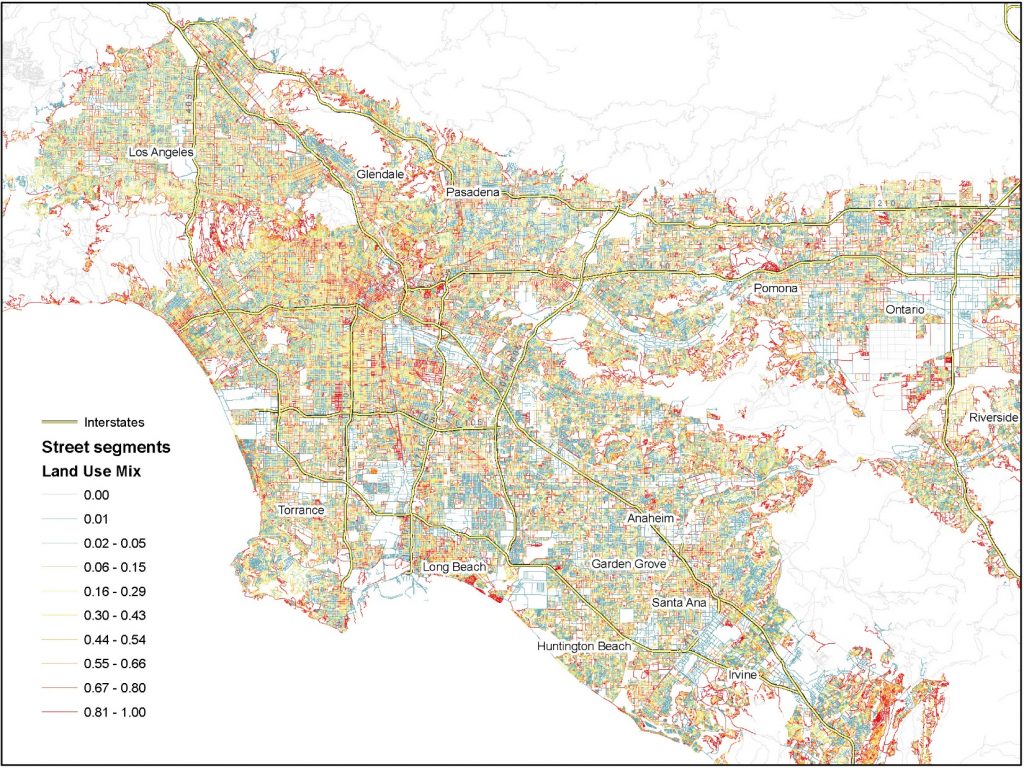Urban Scholars define the 3 D’s of ecological environments as density, diversity and design. This study constructs measures of these features and assesses how they are related to levels of crime across street segments in Southern California.
You can access the article by lab alumnus Young-An Kim and Dr. John R. Hipp in the Journal of Criminal Justice entitled, “Density, Diversity, and Design: Three Measures of the Built Environment and the Spatial Patterns of Crime in Street Segments.”.
Abstract: “Purpose: The current study simultaneously examines the effects of three different characteristics of the built environment based on the theoretical conceptualizations of density, diversity, and design (3D).
Methods: By using data of 211,155 street segments in the Southern California metropolitan region across 130 cities, we estimated a set of negative binomial regression models including the 3D measures of the built environment, while accounting for the effects of social structural characteristics of place. Furthermore, the current study examines the potential moderating effects of each 3D feature on crime.
Results: We found that higher levels of business density are consistently associated with higher levels of crime. The diversity measure is associated with moderately higher levels of crime, whereas the design measure consistently exhibited a negative relationship with crime. Furthermore, we found that the diversity and design measures moderated the business density relationship with crime.
Conclusion: The results of the current study suggest that it is necessary to examine the different types of physical environment simultaneously to understand the effects of physical environment and the spatial patterns of crime.”
Below is a map showing the level of land use mix (diversity) on street segments in the Los Angeles region.
